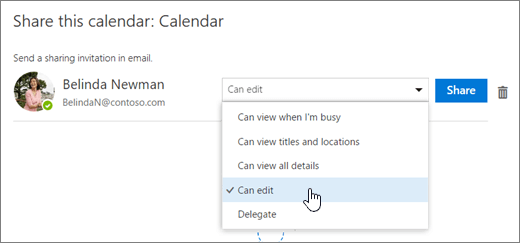

The only way to see or change the current configuration for automatic replying and forwarding to the Internet is via the Exchange Management Shell (EMS) with the PowerShell commands as explained below. The Exchange Admin Center (ECP) for Exchange 2013 and Exchange 2016 does not expose the Remote Domain options in the Mail Flow section. Exchange 2013, Exchange 2016 and Exchange 2019 In the “Email rely types” section, click on the “Edit reply types” link to adjust the configuration if needed.Ĭonfiguration for the “Email reply types” for Remote Domains in Microsoft 365. Once logged on, expand the Mail Flow section on the left and then select Remote Domains.Ĭlick on this entry to open the settings overview pane on the right.

Most likely, you only have one Remote Domain configured which is called “Default”.ĭouble-click this entry to adjust the configuration if needed.Ĭonfiguration for the “Default” Remote Domain in Microsoft 365. Once logged on, select the Mail Flow section on the left and then the Remote Domains tab at the top. In Exchange Online, you can adjust the Automatic Forward and Automatic Reply setting via the Classic Exchange Admin Center or the New Exchange Admin Center. Exchange 2013, Exchange 2016 and Exchange 2019.This article explains how Exchange Administrators can change this behavior via the Exchange Admin Center (ECP), Exchange Management Console (EMC) or Exchange PowerShell commands (EMS). This is mainly to prevent any unintentional mail loops, which users can create by using message rules in Outlook, which directly forwards the message to an external address or replies to the sender of the message with a template.Īdditionally, it also prevents emails from automatically being forwarded almost unnoticeable when an account gets compromised and a message forwarding rule is created by the attacker. As a secure default, Exchange doesn’t allow sending automatic forwards and automatic replies to the Internet.


 0 kommentar(er)
0 kommentar(er)
